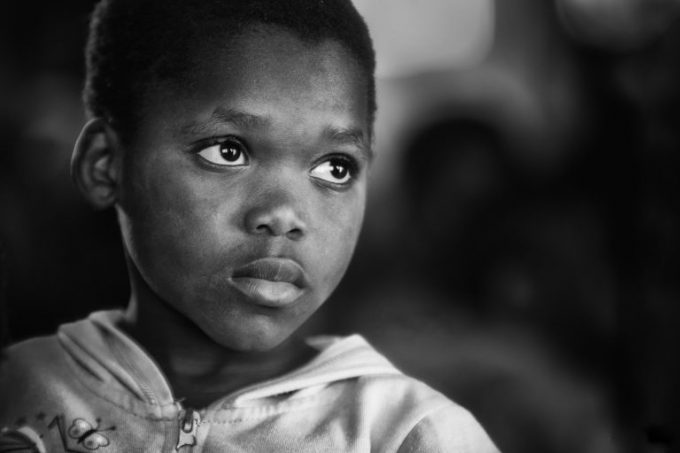Set by the United Nations General Assembly in 2015, the Sustainable Development Goals aim to achieve a sustainable future for all. The targets include no hunger, good healthcare, and quality education. The first Sustainable Development Goal is to eradicate extreme poverty around the world by the year 2030. Although the number of people living in extreme poverty has halved since 1990, tragically, 600 million people on the planet still face severe poverty every day. Incredibly, over half of that number refers to children.
In this day and age, 385 million children should not have to face the reality of poverty and the many problems that presents. Although things are gradually improving, there’s still a long way to go. By learning how poverty affects children throughout the world, you can get a better understanding of the reality of the situation. Only by fully grasping the issues of children in poverty, can you start to help resolve the problem.
The Reality of Child Poverty
Malnutrition
Malnutrition of children in many countries is directly related to poverty. Indeed, malnutrition sadly claims the lives of more than 3 million children every year. Living in poverty means people are unable to afford or obtain the nutrition they need. They could also be uneducated about the importance of nutrition because poverty often means children and adults do not have access to schooling. Thankfully, many charities provide children with the diet and healthcare they require at an early age, so things are slowly getting better. However, there is still a lot of work to be done. See this page to find out how you can sponsor a child to give him or her life-changing support like food, health checks and education.
Healthcare
Without affordable healthcare, adults and children do not get the treatment and care they need. There are a variety of problems associated with a lack of healthcare for children. For example:
- There are not enough healthcare workers in many areas of the world, so kids cannot receive the care they need.
- If communities had access to proper healthcare, studies estimate 40% of neonatal deaths could be averted.
- If people had access to proper healthcare, 830 women around the world would not die every day from preventable causes linked to pregnancy and childhood.
- At present, over half the deaths in children under the age of five are due to diseases that are preventable if proper healthcare was available. Malaria alone claims the life of a child every two minutes.
- Without proper healthcare, at least 10 million children every year lose one or both parents from AIDS.
Education
There needs to be a massive increase in access to education to reduce the number of children in poverty around the globe. Over 260 million children in the world are not in school, and hundreds of millions who are attending schools do not receive any real education. Poverty can become reduced by ensuring each child has access to quality education. If a child gets a quality education, it means he or she can learn, think, and problem-solve. Schooling also leads to higher wages. On average, adults in developing countries schooled as children earn around 10% more than those who did not receive an education.






Leave a Reply